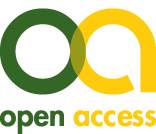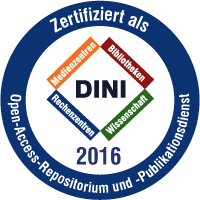Ediarum in Spanish : Challenges in Software Localization
- Ediarum is an editing environment designed and implemented by TELOTA at the Berlin-Brandenburg Academy of Sciences and Humanities (BBAW, Germany). It is based on two main components: an open-source XML native database (eXistDB) and a widely used commercial XML editor (Oxygen XML editor).
The aim of ediarum is to facilitate the task of encoding texts in TEI format, to store the resulting XML files in eXistDB and to enable collaboration and sharing amongst the members of a team. The central framework of this environment --known as ediarum.BASE.edit-- allows the editor to hide the XML tags and use a number of functions through a toolbar and a menu. In other words, the ediarum.BASE.edit's interface increases the usability of the XML editor and speeds up the encoding process and can be adapted to each project's needs. However, this framework is only available in German language. In other words, the code and the language interface are only accessible for and usable by German-speaking users.
While the original goal of TELOTA was to “bridge the gap” between the markup and the editor (Dumont and Fechner, 2015), the interface language creates a barrier for encoders who do not work in German and impedes potential collaborations with other institutions. In order to break this usability and accessibility barrier, in 2020 Proyecto Humboldt Digital (ProHD), a cooperation project between the BBAW and the Oficina del Historiador de la Ciudad de la Habana (Cuba), engaged with an adaptation process involving the internationalization of the software (developing features and code that are independent of language or locale) and the localization in the Spanish locale (creating resource files containing translations). As a result of this process, the project has developed a localization of ediarum.BASE.edit called ediarum.PROHD.edit that can be downloaded on Github.
This paper aims to present ediarum.PROHD.edit and to reflect on the most important challenges encountered during the software localization. After reviewing what “localization” means in Translation Studies (Pym, 2016; Jiménez Crespo, 2016), I will discuss the process of internationalization of the software (mostly variables written in ediarum's default functions), the localization itself (the translation of terms and descriptions displayed in the interface) and some testing undertaken with the Cuban team of Proyecto Humboldt Digital.
 Creative Commons - CC BY - Namensnennung 4.0 International
Creative Commons - CC BY - Namensnennung 4.0 International



